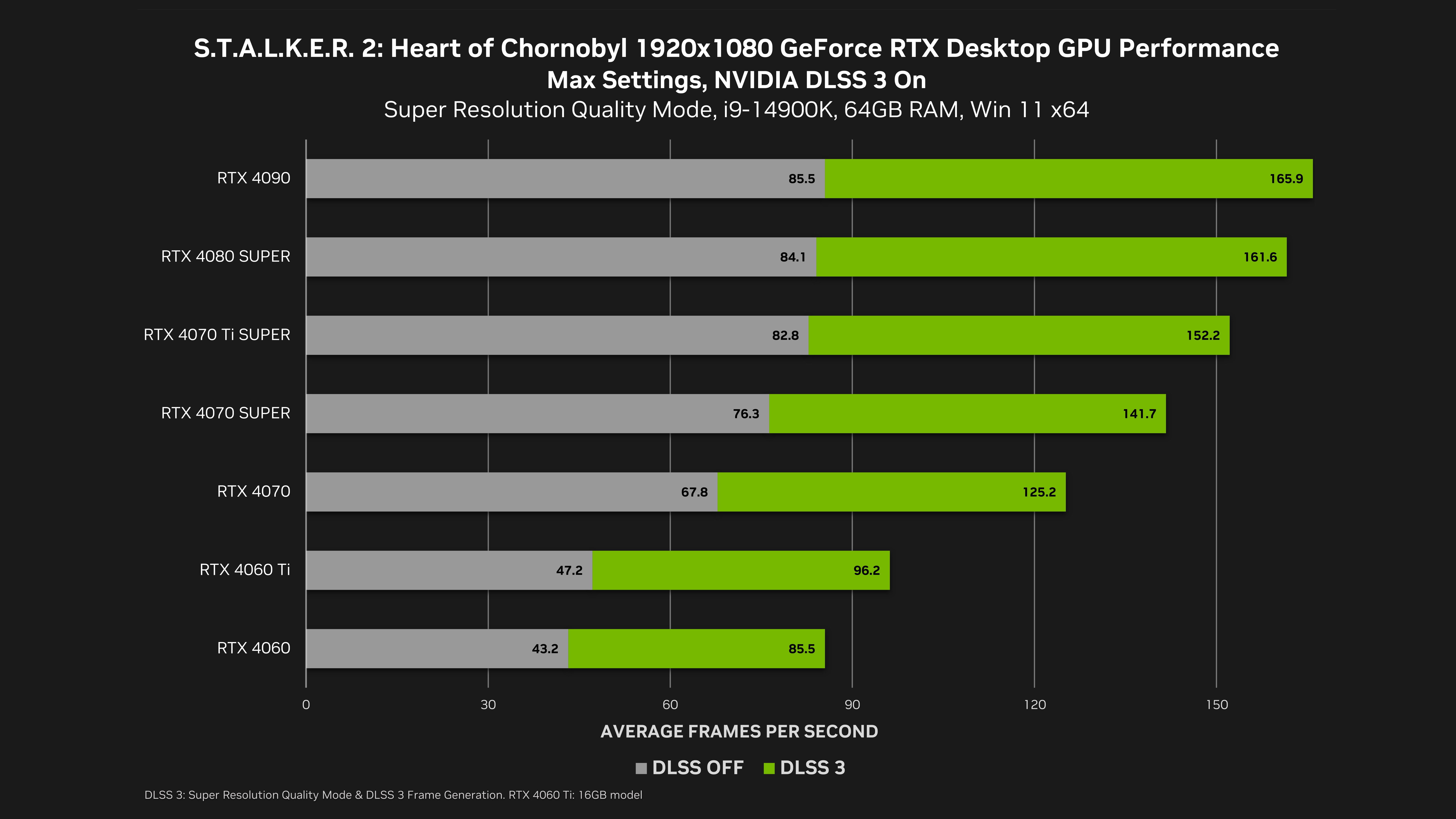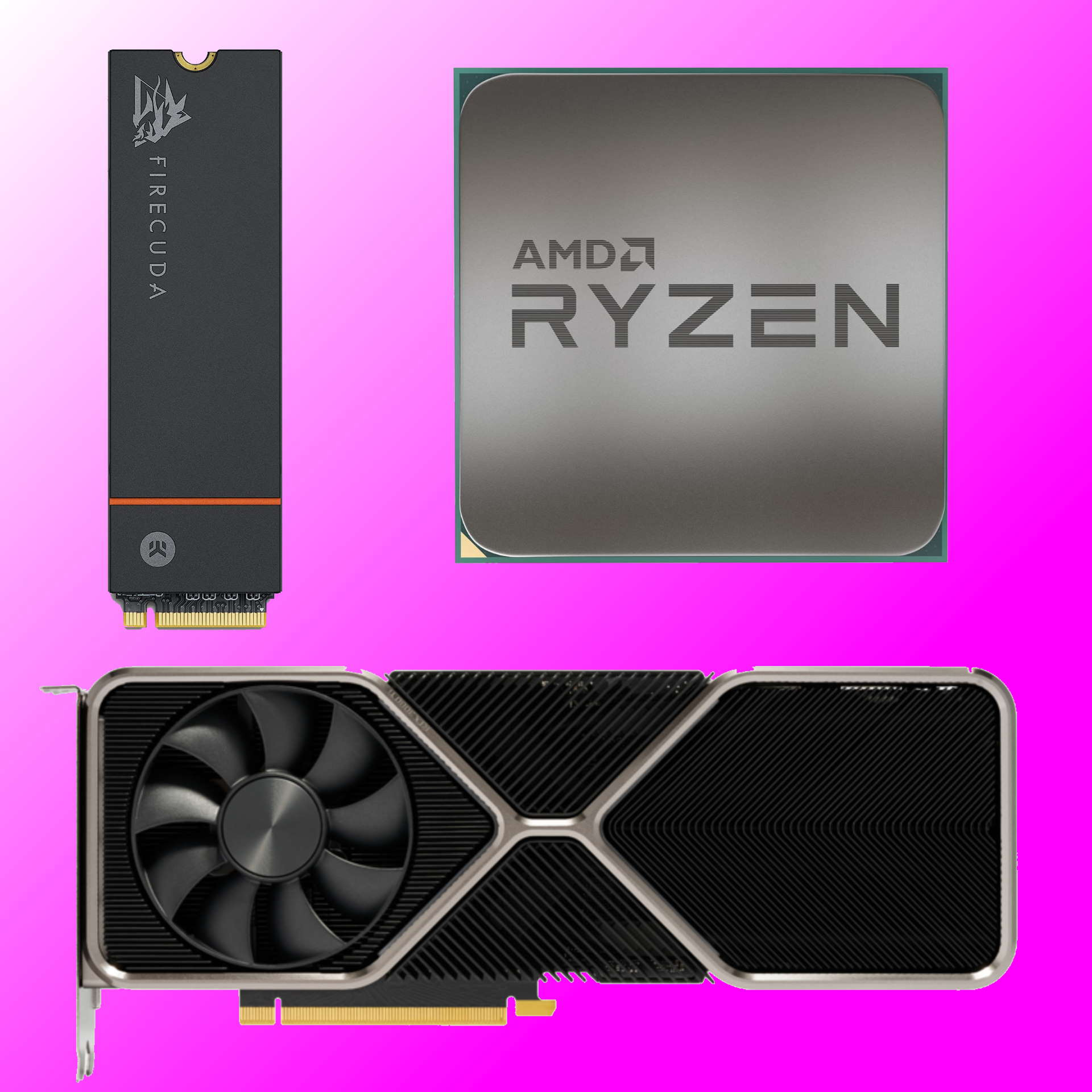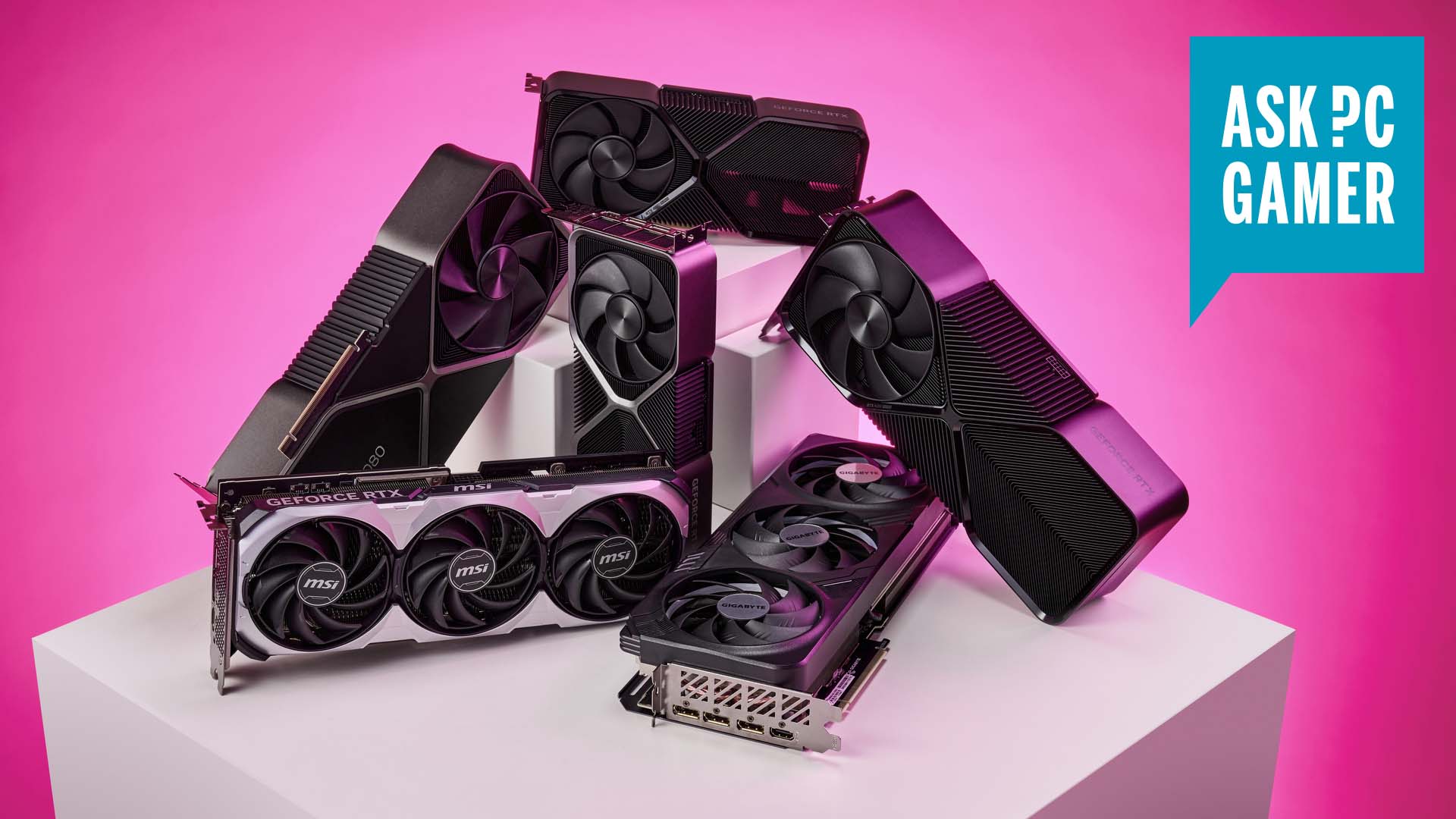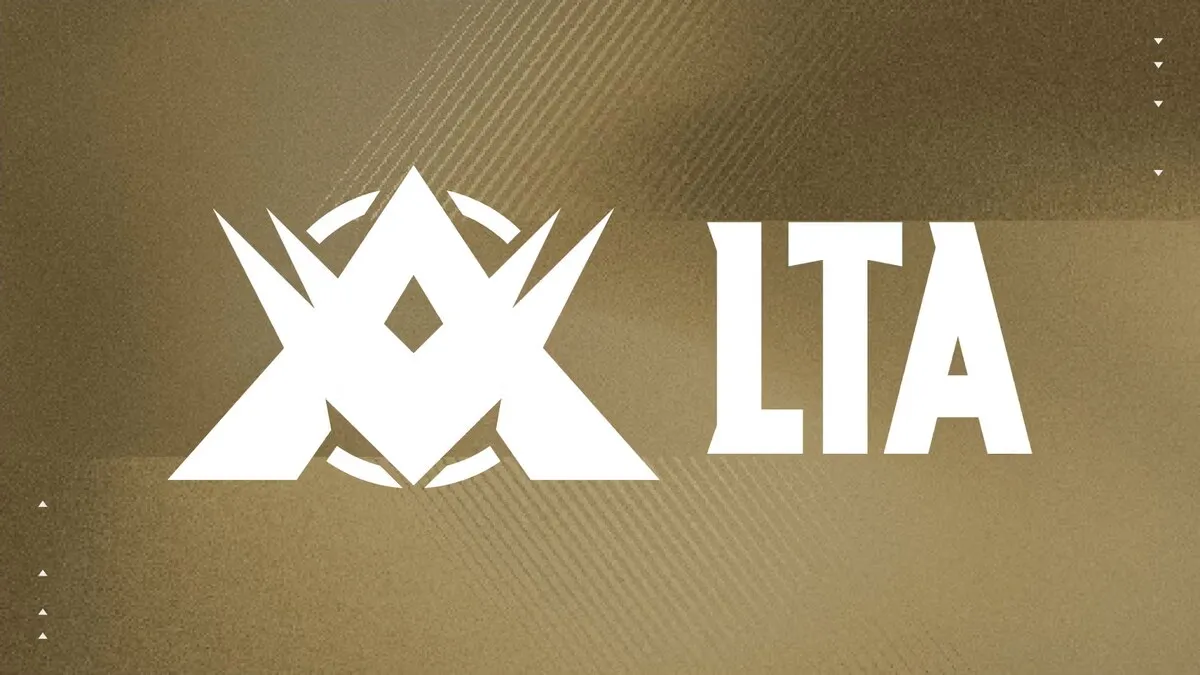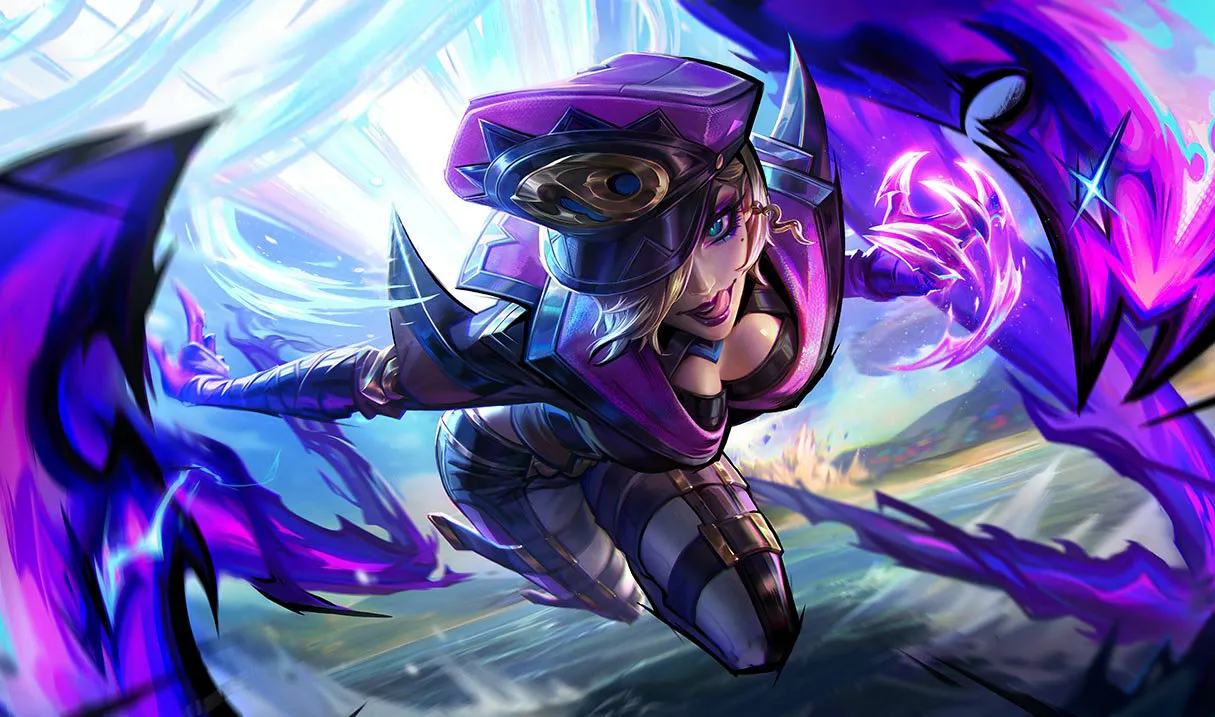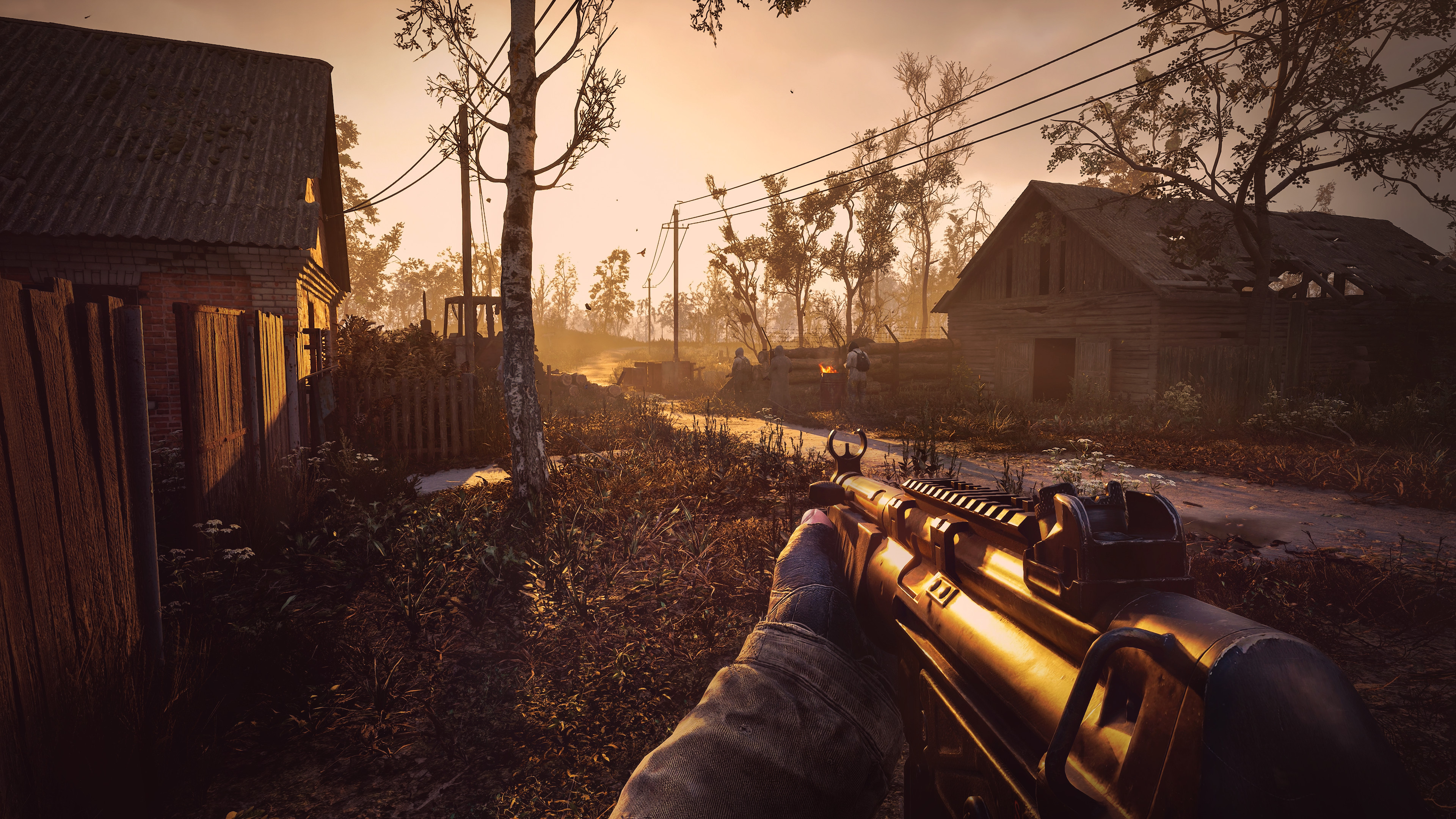
This could mean Lumen instead of ray tracing.
Stalker 2 almost has its irradiated mitts on us and alongside even more updated system requirements (how many times is that, now?), we now have some idea how the game might run, at least according to Nvidia.
In a blog post announcing DLSS 3 support in Stalker 2, Nvidia also shares its own benchmarks for some RTX 40-series graphics cards. It compares average frame rates for the GPUs at 1080p, 1440p, and 4K resolutions with DLSS 3 off and with it on.
The main takeaways? Well, taking everything with a pinch of salt because these are Nvidia’s own benchmarks, the first is that the Unreal Engine 5-based game should run pretty well for what seems to be a very good-looking game. We’re talking roughly 60 fps or higher on max settings at 1080p and 1440p with an RTX 4070 and above, although to be more accurate the 4070 averages 1.2 fps shy of this at 1440p. That’s without DLSS 3 enabled, by the way.
Throw DLSS 3 into the mix and Nvidia claims Stalker 2 should run at above 70 fps with an RTX 4060 Ti at 1440p, and above 120 fps with an RTX 4070 Ti Super. The real gains are made at 4K, though, where we see well over 2x gains. The RTX 4080 Super, for instance, apparently jumps from 47.1 fps to 112.7 fps on average with DLSS 3 enabled at 4K.
Moving down from 4K to 1080p and, to a lesser extent, 1440p, we also see a perhaps surprising (DLSS 3-disabled) frame rate plateau with the higher-end cards—certainly with the RTX 4070 Ti Super and above, and perhaps even with the RTX 4070 Super.
Of course, we would expect frame rates to plateau a little at lower resolutions because games become less GPU-bound and more CPU-bound the fewer the number of pixels being displayed. But the extent of this levelling out, and the fact that it seems to start to level with the RTX 4070 at 1080p and also levels out at 1440p a little higher up the GPU list, is noticeable enough to suspect that Stalker 2 might be particularly CPU-bound.
Again, though, these are Nvidia’s figures and not our own, so we can’t say anything for certain, yet.
One thing that could make Stalker 2 more CPU-dependent would be the use of Lumen rather than ray tracing for global illumination. Lumen’s software-based and relies primarily on the CPU. It can also be lower quality than ray tracing and cause some flickering at higher resolutions, though, because it renders things at a low resolution, does its ray shenanigans and creates a lightmap, and then upscales everything.
CPU-bound or not, Lumen or not, these initial benchmarks seem pretty promising, especially for those who don’t mind using DLSS 3. Which is at least some consolation in the face of the latest system requirements, 160 GB storage and 16 GB minimum RAM being the big ones.
Best CPU for gaming: Top chips from Intel and AMD.
Best gaming motherboard: The right boards.
Best graphics card: Your perfect pixel-pusher awaits.
Best SSD for gaming: Get into the game first.
